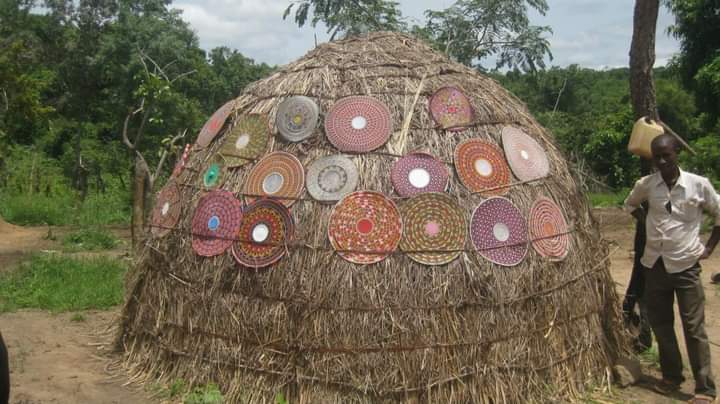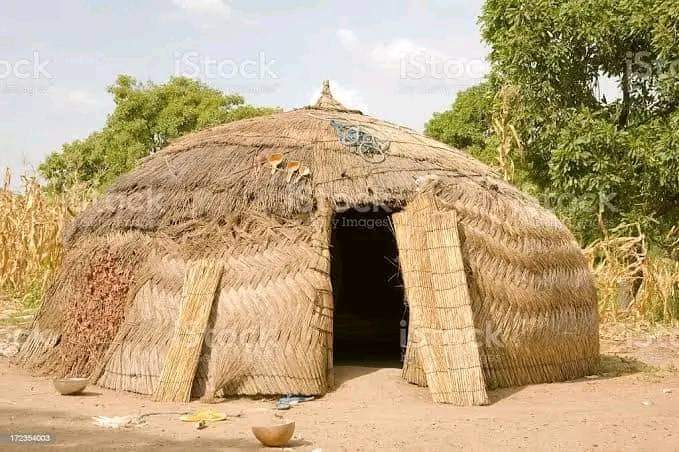Fulani shelters, also known as Fulani huts or Fulani camps, have played a significant role in the traditional nomadic lifestyle of the Fulani people in West Africa for centuries.
These unique structures are not only homes but also symbols of cultural identity, adaptability, and sustainability. Understanding the origin and construction of Fulani shelters provides insights into the rich history and heritage of the Fulani people.
Origins and Construction
Fulani shelters, often referred to as “Fulbe architecture,” have been shaped by the pastoral nomadic lifestyle of the Fulani people. Traditionally, these shelters are constructed using locally available materials, such as wood, straw, and woven grass mats, which provide excellent insulation against the elements.
The domed shape of the huts helps to regulate the temperature inside, keeping it cool during the hot summers and warm during the cold winters.
Significance and Adaptability
Fulani shelters are not just functional structures; they also hold cultural and social significance for the Fulani people. These shelters are designed to be easily dismantled and assembled, allowing the Fulani to migrate with their herds across vast distances in search of grazing pastures.
READ ALSO: APPLY: FirstBank Launches Second Edition of Technology Academy for STEM Graduates
As a resilient nomadic community, the Fulani have utilized their ingenious architecture to adapt to the ever-changing environmental conditions of the Sahelian region.
Sustainability and Environmental Harmony
The construction techniques employed in Fulani shelters are deeply rooted in sustainability and environmental harmony. The use of locally available materials, combined with their collapsible design, showcases the Fulani people’s resourcefulness and respect for the natural world. Fulani huts harmoniously blend with the surrounding landscapes, leaving minimal ecological footprints.

Fulani shelters embody the spirit of the Fulani people’s nomadic existence, adapting seamlessly to their surroundings while providing comfort and protection. Their simple yet efficient design reflects the wisdom of traditional practices that have been passed down through generations.
As we appreciate the origin and construction of Fulani shelters, we gain a deeper appreciation for the rich cultural heritage and resilience of the Fulani people.


One Reply to “Origin and Significance of Fulani Shelters”